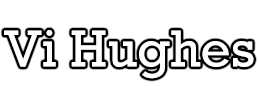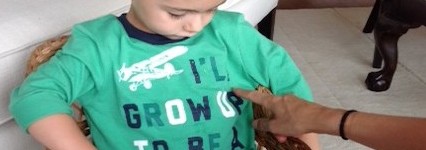From the moment they get out of bed to the moment they hear that bedtime story, children are surrounded by words. They might wear words on their T-Shirt, hold words on the milk container and the juice box, and then see words on the STOP sign, at the crosswalk, the grocery store, the playground, and the bus stop. Talk up a storm about these
Learn more
Give your pre-schooler a crayon or washable marker and they will draw. It may look like scribble to you but to a three year old it is creative, an expression of understanding – of a story or experience or scientific concept such as where the moon goes in the morning. Talk to them about the drawing. Add the words. Read with them. Over time
Learn more
Why should reading a story with children include lots of ‘talk’? Research tells us those ‘talks’ are crucial to a child’s reading development. They help children work out unfamiliar words, figure out the meaning, clarify the storyline, guess what comes next, and confirm facts in an information book. The ‘talk’ should arise naturally so the storyline does not get lost.
A little boy who is three said he was going out to do ‘guy stuff’ with his dad. That little boy wants to read ‘guy stuff’ too. He’s the frog in ‘The Frog Prince’ who doesn’t want to change into a prince. Boys want books about a wide range of topics that are different from what girls might choose. Comic books, graphic books, how
Learn more
Children develop in all areas through play. Their reading can develop too. A child’s imagination can transform a play space into a pretend office, a fire or police station, a fix- it shop, a doctor’s office, a grocery store, an ice cream shop, the post office, and more. They will create stories and take on roles. Listen to the stories. Talk about them. Make
Learn more
Have a look. This toddler has his own library ‘Book Nook’. He can check out the books any time. He is well on the way to reading. He understands that books are important, that reading is important, that he can choose the book he wants to read. He can share a book or read by himself. It’s all good.
Reading, talking and writing. They go together and together they build a strong reader. After all those ‘read alouds’ and all the talk about stories and rhymes and facts and other interesting stuff, kids want to write their own story. Provide lots of opportunities for pre-schoolers to play with writing – crayons, pencils, washable markers, post it notes, paper. Writing helps them connect what
Learn more
Everyone, that’s who. There’s power in seeing dad read, in reading with an older brother or sister, or reading with the little guy next door. The message is ‘Our family reads. It isn’t just mom who reads the story at bedtime.” Family member who can’t read? Tell a story. Follow and talk about the illustrations in a wordless book or picture book. Look at
Learn more
These are the books about such things as the alphabet, numbers and counting, colours, shapes and opposites such as ‘big’ and ‘small’. These are popular and often given as gifts to a new baby. For alphabet books, choose ones in which the alphabet letter and the object it represents are clear and readily identifiable – eg. k for kite, not k for knot. As
Learn more
Children at this age have favourite books and favourite subjects they are passionate about. It might be dragons, lighthouses, crocodiles or princesses and bad guys, or even pie eating contests. They want to choose the books they read with you. Fiction, fact, picture story books and concept books with an image and the word naming it, are all good. Here the three year olds
Learn more










